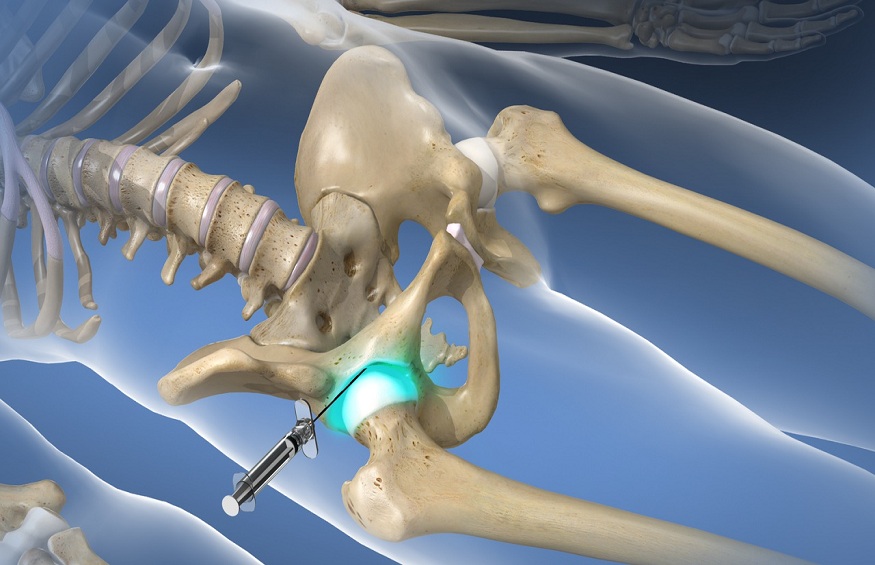Why was I prescribed an infiltration?
An infiltration is prescribed when anti-inflammatory and analgesic treatments are no longer effective enough to relieve a painful crisis.
What does an infiltration consist of?
The purpose of an infiltration is to inject a cortisone-based medicine directly into the painful joint. It could be a painful joint, tendon, or nerve.
This treatment is shown to be more effective than when given orally. It acts on the pain and inflammation of the joint in just a few hours. And its effect persists for several months.
Should we prepare for an infiltration?
An infiltration is a very simple gesture. There is no particular preparation to put in place.
However, if you feel distressed by this gesture, it is important to report it. Preventive treatment the morning of the injection can help you relax and make your injection easier.
Where and how does an infiltration take place?
In general, the infiltration is done in the doctor’s office, during a consultation.
Depending on the location of the infiltration, you will be in a sitting position (shoulder) or lying down (knee).
Certain infiltrations (hips or vertebrae) can be performed under radiological control.
After local disinfection, the product is injected into the joint with a needle.
Once the needle is removed, you will be placed in a bandage that you will keep for a few hours.
Is it painful?
This usual medical procedure is practically painless. The discomfort is comparable to that of a blood test. You may feel pain after injecting the product. Local anesthesia is rarely necessary. If you experience any discomfort or unpleasant sensation, report it to the doctor immediately.
By stinging in the joint, can the infiltration damage the cartilage?
No, during the infiltration, the tip of the needle penetrates inside the cavity where the joint is located. It cannot in any case damage cartilage or any other structure.
What products are injected?
In general, the injected product is a cortisone-based anti-inflammatory drug which acts on both pain and inflammation.
In this case, the injected product is in the form of small crystals. They have the advantage of dissolving slowly and having a longer lasting effect.
They can cause local irritation within hours of infiltration. These disorders go away on their own within a few hours.
It is also possible to inject other drugs that help lubricate the joint.
Does infiltration present risks?
Side effects are rare and not significant. However, before an infiltration, report any conditions or symptoms you may have, including:
– If you have diabetes.
– If you are being treated for high blood pressure or for cardiovascular disease.
– If you are taking anticoagulant or blood thinner treatment.
– If you currently have an infectious disease or have recently had a fever or skin infection.
– If you are allergic or prone to discomfort.
– If you suffer or have suffered from a stomach or duodenal ulcer.
– If you are pregnant or breastfeeding.
– If you need to be vaccinated.
These situations may lead your doctor to postpone this procedure, or to take special precautions, or even to adapt his monitoring.
After the infiltration there may be undesirable effects which disappear within a few hours or a few days (pain at the injection site, redness of the face or sensations of heat, headache).
If you experience discomfort or pain several hours after the infiltration, tell the doctor who performed this examination.
What precautions should I take for my joint after an infiltration?
The infiltration can reduce pain in the joint, tendon or nerve very quickly.
However, it is preferable to take more care within the next twenty-four hours to let the product work and obtain a lasting improvement.
How many infiltrations can we do?
It is, in general, recommended not to make more than three injections per year and per joint.
At each infiltration, it is important to note in a surveillance log or in your health log the date, the product injected and the effectiveness of the infiltration.
It will be important to bring this document with you for any new infiltration.
Well done, an infiltration does not hurt more than a simple blood test. It acts effectively on the painful joint in just a few hours. And its effect persists for several months.




